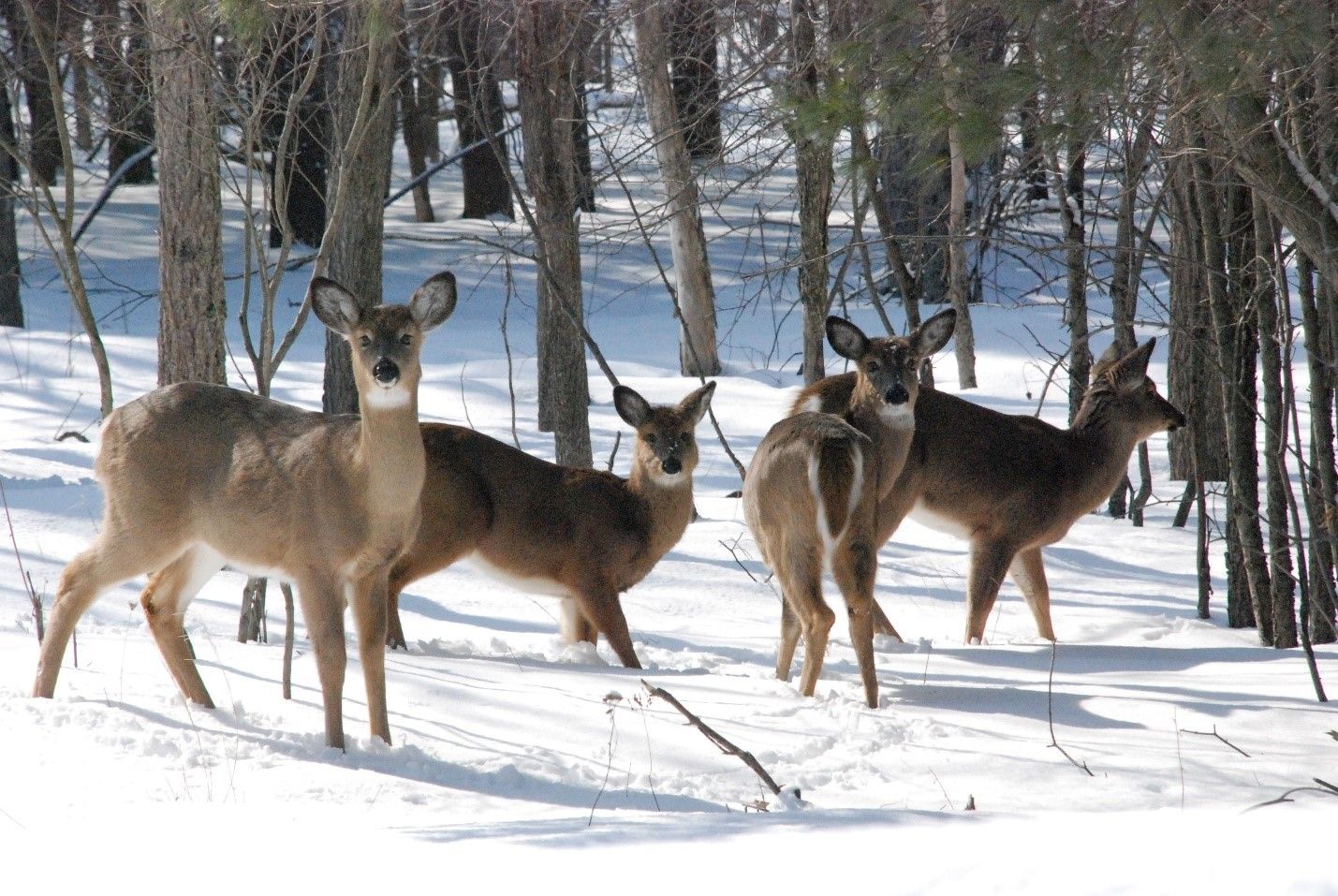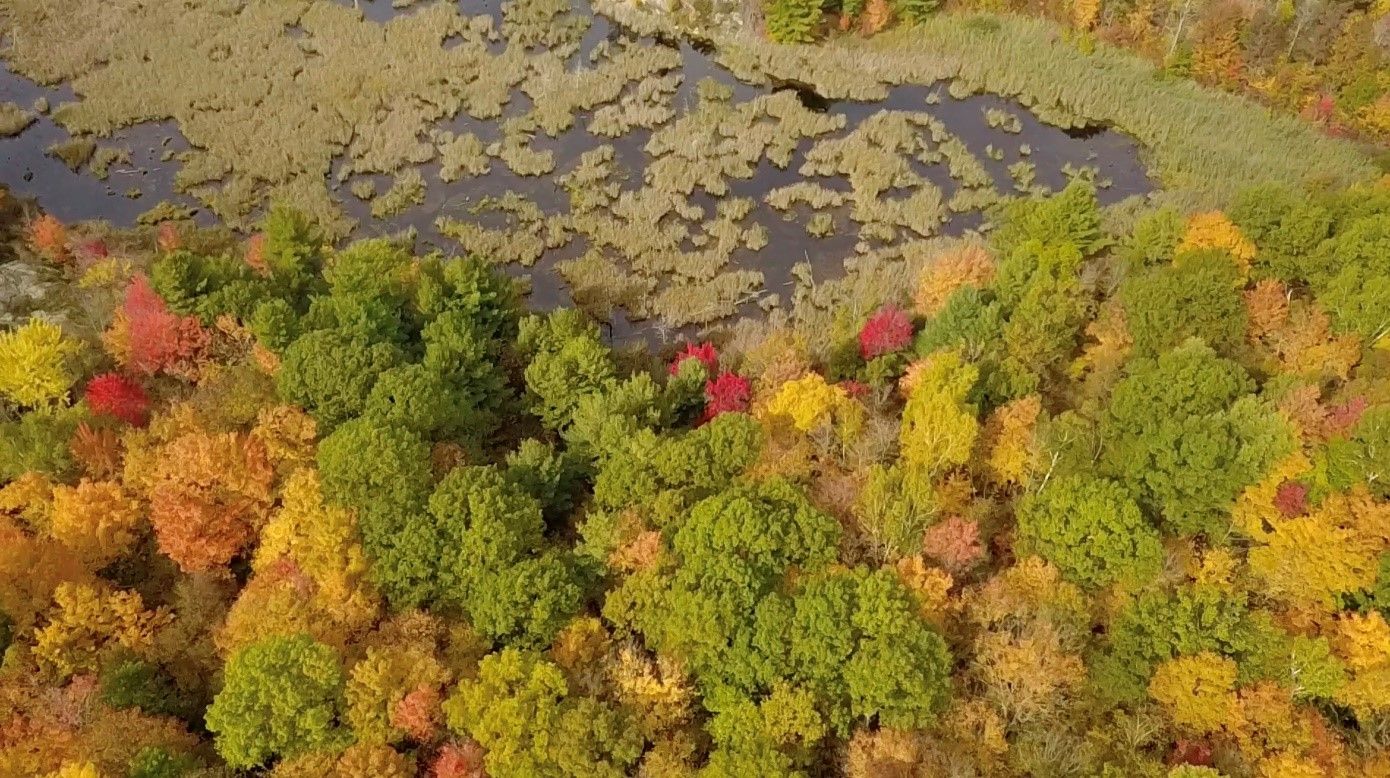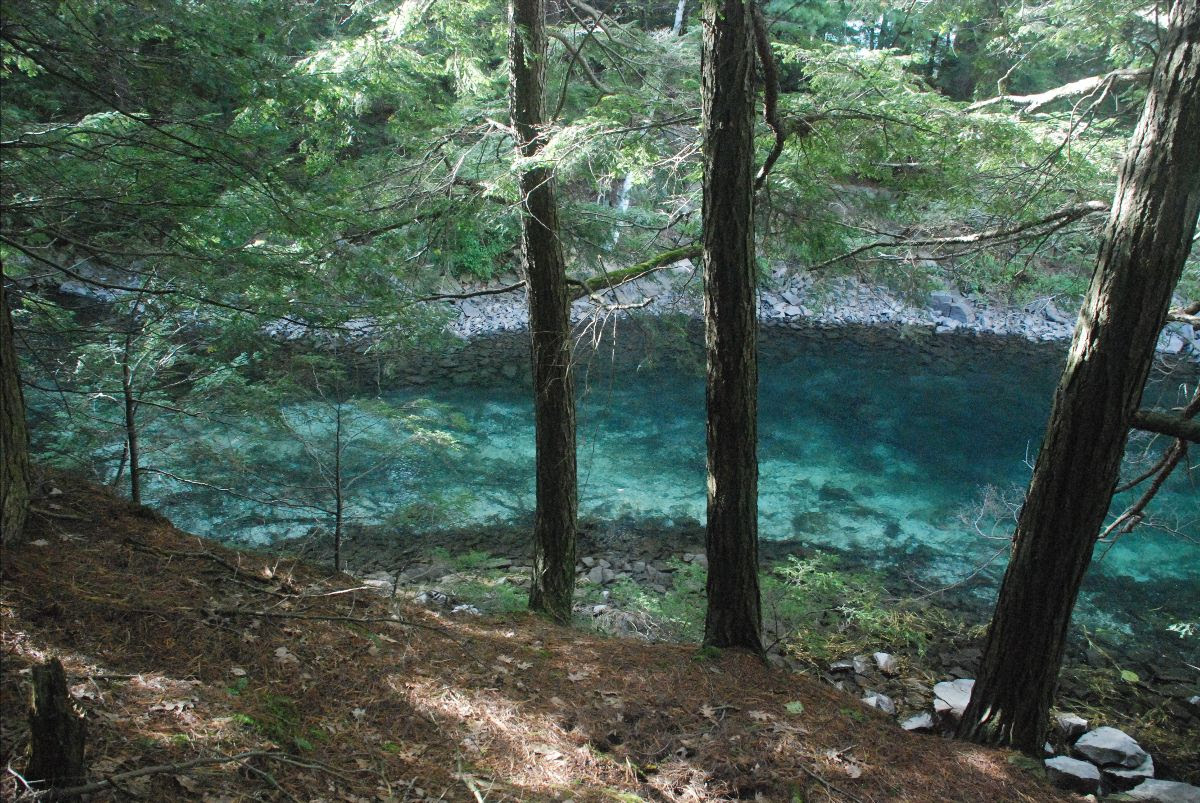The Thousand Islands is one of the world’s most treasured places. Its beauty inspires us; its tranquility restores us. We all want to protect its charm. Thankfully, there are land trust organizations devoted to doing just that.
On the Canadian side of the River, the Thousand Islands Watershed Land Trust (TIWLT) has been protecting the natural landscapes of the Thousand Islands region for 27 years. TIWLT has conserved over 5,000 acres of land to date, from hayfields that support threatened bird species, to the wetlands that clean and control our water, to the forests that provide homes for the many species at risk in the area.
TIWLT has done a lot for this area, and is about to do more, with the launch of their latest initiative: The Thousand Acre Challenge.
The Thousand Acre Challenge will conserve a thousand key acres of precious and vital natural landscapes, strategically located to have the maximum impact on local ecosystems.

Natural spaces are our reservoirs and security against wild swings of flood and drought. They lock away carbon from the atmosphere, are habitats critical to wildlife, and clean our air and water. These natural processes are called ecosystem services. A 2009 study calculated that in Ontario, every acre of forest provides ecosystem services worth $2,200 every year. For an acre of wetland, that number goes up to $7,600, and each acre of River provides a whopping $28,000 in ecosystem services each year. These services include water level control, air and water purification, and carbon sequestration.

It is hard to believe, but only about 5% of land from Kingston to Brockville to the Rideau is conserved in all of the parks, conservation areas, and local land trust lands. Science says that a very minimum to protect species and ecosystem services is 30%.
Thankfully, we’re fortunate here. Our landscape has great natural potential, thanks to many landowners, through love of their land. In 27 years of conservation work, TIWLT has worked with dozens of local heroes — landowners putting the interests of the community first. But our natural spaces are quickly dwindling, lost to insensitive development, invasive species, and pressures from climate change.
The Thousand Acre Challenge aims to conserve and protect forever eight special properties in the region. Each of these properties holds its own ecological value and is strategically placed to create a network of protected spaces throughout the watershed.
The Challenge begins at the headwaters of Charleston Lake. A keystone purchase is a 206-acre property, where Leeder's Creek begins and trickles through wetlands, absorbing, storing, and cleaning trillions of litres of water flowing into Charleston Lake. Several landowners along this creek have already committed to contributing conservation easements on their lands. The cleaned and controlled water coming from Leeder's Creek flows downstream, through lakes and Rivers to the Thousand Islands. There, the Challenge includes a channel near Ash Island and some 20 island acres sheltering a nursery for endangered fish and turtle species. All are natural spaces with beauty that stirs your soul.

Land in trust is forever. The Challenge today is conservation for future generations. The Thousand Acre Challenge will forever connect already conserved lands, creating a natural spaces network of habitat for the hundreds of species of plants and animals of the area, many rare and endangered. Conservation matters, from the smallest of the Thousand Islands to properties of hundreds of acres, from the River to the top of the watershed.
To learn more about the Thousand Acre Challenge and how you can get involved, visit TIWLT's website at tiwlt.ca and watch this new Thousand Acre Challenge video.
By Calder Schweitzer
Calder Schweitzer is the Executive Director of the Thousand Islands Watershed Land Trust. He started at the land trust in the spring of 2019 after graduating with a B.Sc. in Wildlife Biology and Conservation from the University of Guelph, which he attended as a McCall MacBain Loran Scholar. Every day he is astounded by the unique ecology of the area and how important this region is to the wildlife of North America.
Posted in: Volume 15, Issue 1, January 2020, Places, Nature, Videos, News article
Please click here if you are unable to post your comment.
